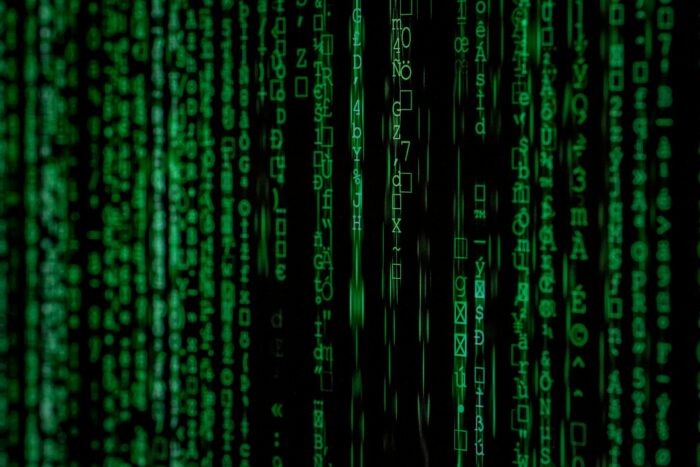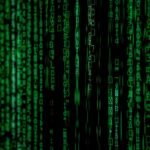
Photo by Markus Spiske on Unsplash.
Writing in The New York Times, Benedict Carey identifies some areas in which perceptual learning has been applied:
- visualizing high-dimensional genetic data (e.g. as has been done, at least implicitly, at the Albert Einstein College of Medicine)
- training pilots to quickly read controls in an airplane cockpit (by Dr. Philip Kellman, now at UCLA)
- making medical decisions (e.g. interpreting electrocardiograms, rashes, and biopsy tissue samples, all being done at UCLA’s medical school)
The article also mentions other areas in which perceptual learning could be applied, including:
- geometrical shape identification
- botanical tree classification
- Chinese pictogram recognition
- financial trend detection
In many of these cases, the idea has been to develop “computer-game-like modules that require split-second decisions”. By repeated exposure to these games, a learner would gradually and automatically develop “a ‘good eye’ for the material, and with it an ability to extract meaningful patterns instantaneously” – even while not necessarily knowing why a detected pattern is unusual.
Categorised in: Uncategorized
This post was written by Syngli
